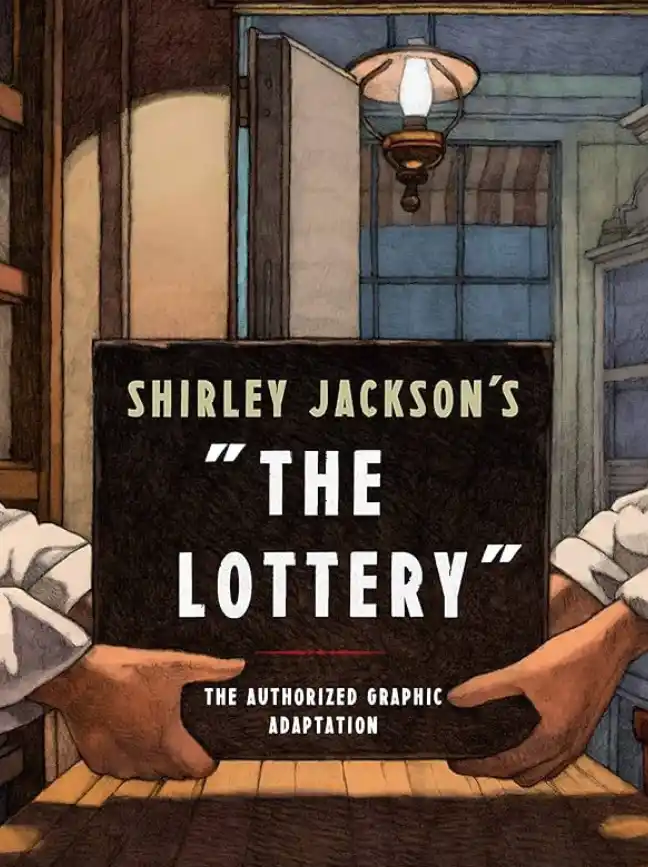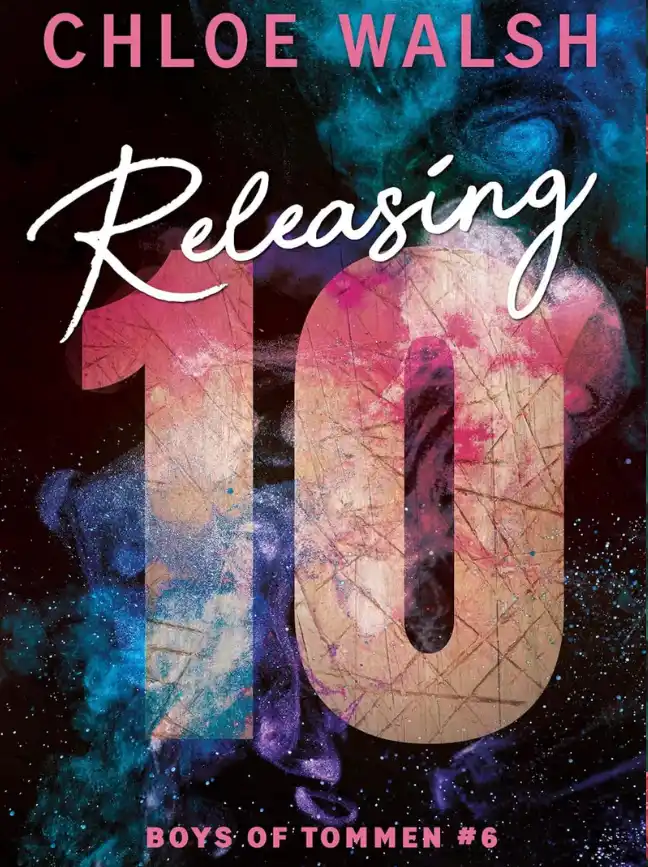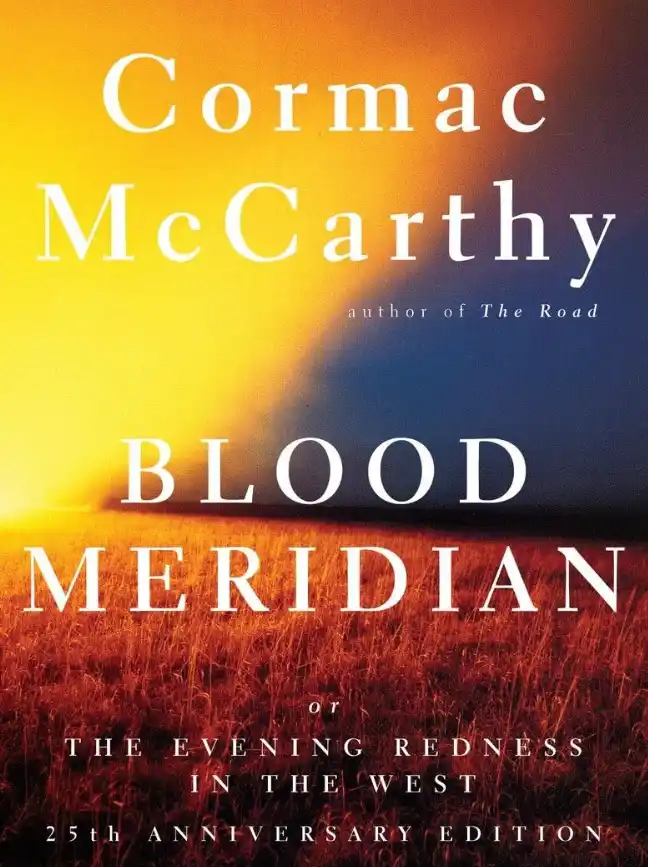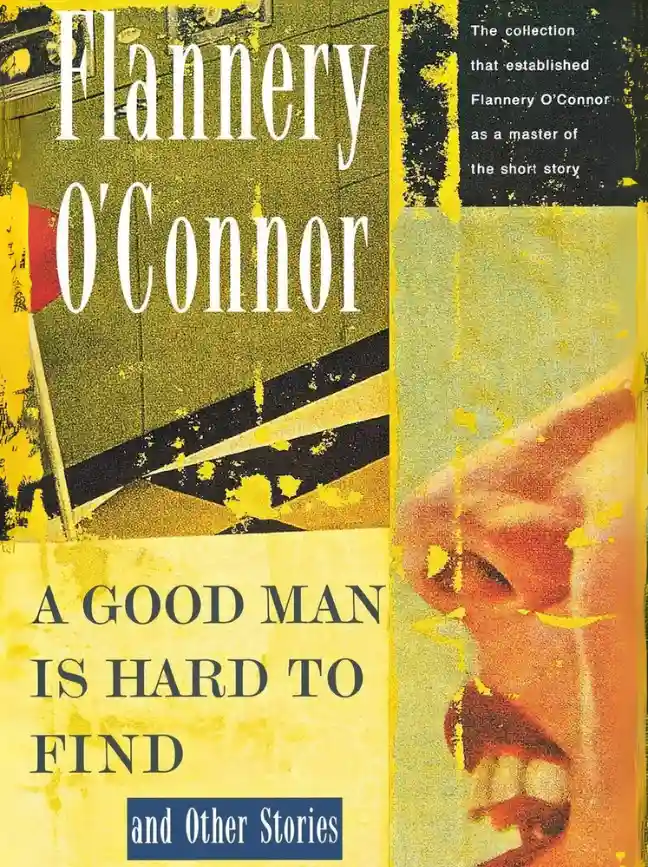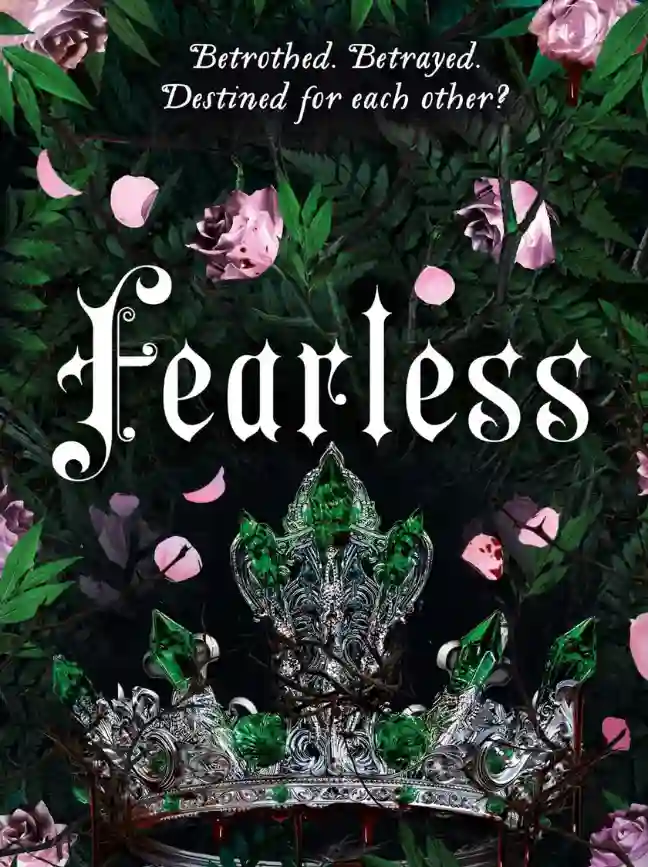ALCESTIS IS THE HEROINE OF A GREEK MYTH. A love story of the saddest kind. Alcestis willingly sacrifices her life for that of her husband, Admetus, dying in his place when no one else will. An unsettling myth of self-sacrifice, it was unclear how it related to Alicia’s situation. The true meaning of the allusion remained unknown to me for some time. Until one day, the truth came to light—
But I’m going too fast. I’m getting ahead of myself. I must start at the beginning and let events speak for themselves. I mustn’t color them, twist them, or tell any lies. I’ll proceed step by step, slowly and cautiously. But where to begin? I should introduce myself, but perhaps not quite yet; after all, I am not the hero of this tale. It is Alicia Berenson’s story, so I must begin with her—and the Alcestis.
The painting is a self-portrait, depicting Alicia in her studio at home in the days after the murder, standing before an easel and a canvas, holding a paintbrush. She is naked. Her body is rendered in unsparing detail: strands of long red hair falling across bony shoulders, blue veins visible beneath translucent skin, fresh scars on both her wrists. She’s holding the paintbrush between her fingers. It’s dripping red paint—or is it blood? She is captured in the act of painting—yet the canvas is blank, as is her expression. Her head is turned over her shoulder and she stares straight out at us. Mouth open, lips parted. Mute.
During the trial, Jean-Felix Martin, who managed the small Soho gallery that represented Alicia, made the controversial decision, decried by many as sensationalist and macabre, to exhibit the Alcestis. The fact that the artist was currently in the dock for killing her husband meant, for the first time in the gallery’s long history, queues formed outside the entrance.
I stood in line with the other prurient art-lovers, waiting my turn by the neon-red lights of a sex shop next door. One by one, we shuffled inside. Once in the gallery, we were herded toward the painting, like an excitable crowd at a fairground making its way through a haunted house. Eventually, I found myself at the front of the line—and was confronted with the Alcestis.
I stared at the painting, staring into Alicia’s face, trying to interpret the look in her eyes, trying to understand—but the portrait defied me. Alicia stared back at me—a blank mask—unreadable, impenetrable. I could divine neither innocence nor guilt in her expression.
Other people found her easier to read.
“Pure evil,” whispered the woman behind me.
“Isn’t she?” her companion agreed. “Cold-blooded bitch.”
A little unfair, I thought—considering Alicia’s guilt had yet to be proven. But in truth it was a foregone conclusion. The tabloids had cast her as a villain from the start: a femme fatale, a black widow. A monster.
The facts, such as they were, were simple: Alicia was found alone with Gabriel’s body; only her fingerprints were on the gun. There was never any doubt she killed Gabriel. Why she killed him, on the other hand, remained a mystery.
The murder was debated in the media, and different theories were espoused in print and on the radio and on morning chat shows. Experts were brought in to explain, condemn, justify Alicia’s actions. She must have been a victim of domestic abuse, surely, pushed too far, before finally exploding? Another theory proposed a sex game gone wrong—the husband was found tied up, wasn’t he? Some suspected it was old-fashioned jealousy that drove Alicia to murder—another woman, probably? But at the trial Gabriel was described by his brother as a devoted husband, deeply in love with his wife. Well, what about money? Alicia didn’t stand to gain much by his death; she was the one who had money, inherited from her father.
And so it went on, endless speculation—no answers, only more questions—about Alicia’s motives and her subsequent silence. Why did she refuse to speak? What did it mean? Was she hiding something? Protecting someone? If so, who? And why?
At the time, I remember thinking that while everyone was talking, writing, arguing, about Alicia, at the heart of this frantic, noisy activity there was a void—a silence. A sphinx.
During the trial, the judge took a dim view of Alicia’s persistent refusal to speak. Innocent people, Mr. Justice Alverstone pointed out, tended to proclaim their innocence loudly—and often. Alicia not only remained silent, but she showed no visible signs of remorse. She didn’t cry once throughout the trial—a fact made much of in the press—her face remaining unmoved, cold. Frozen.
The defense had little choice but to enter a plea of diminished responsibility: Alicia had a long history of mental health problems, it was claimed, dating back to her childhood. The judge dismissed a lot of this as hearsay—but in the end he allowed himself to be swayed by Lazarus Diomedes, professor of forensic psychiatry at Imperial College, and clinical director of the Grove, a secure forensic unit in North London. Professor Diomedes argued that Alicia’s refusal to speak was in itself evidence of profound psychological distress—and she should be sentenced accordingly.
This was a rather roundabout way of saying something that psychiatrists don’t like putting bluntly:
Diomedes was saying Alicia was mad.
It was the only explanation that made any sense: Why else tie up the man you loved to a chair and shoot him in the face at close range? And then express no remorse, give no explanation, not even speak? She must be mad.
She had to be.
In the end, Mr. Justice Alverstone accepted the plea of diminished responsibility and advised the jury to follow suit. Alicia was subsequently admitted to the Grove—under the supervision of the same Professor Diomedes whose testimony had been so influential with the judge.
If Alicia wasn’t mad—that is, if her silence was merely an act, a performance for the benefit of the jury—then it had worked. She was spared a lengthy prison sentence—and if she made a full recovery, she might well be discharged in a few years. Surely now was the time to begin faking that recovery? To utter a few words here and there, then a few more; to slowly
communicate some kind of remorse? But no. Week followed week, month followed month, then the years passed—and still Alicia didn’t speak.
There was simply silence.
And so, with no further revelation forthcoming, the disappointed media eventually lost interest in Alicia Berenson. She joined the ranks of other briefly famous murderers; faces we remember, but whose names we forget.
Not all of us. Some people—myself included—continued to be fascinated by the mystery of Alicia Berenson and her enduring silence. As a psychotherapist, I thought it obvious that she had suffered a severe trauma surrounding Gabriel’s death; and this silence was a manifestation of that trauma. Unable to come to terms with what she had done, Alicia stuttered and came to a halt, like a broken car. I wanted to help start her up again— help Alicia tell her story, to heal and get well. I wanted to fix her.
Without wishing to sound boastful, I felt uniquely qualified to help Alicia Berenson. I’m a forensic psychotherapist and used to working with some of the most damaged, vulnerable members of society. And something about Alicia’s story resonated with me personally—I felt a profound empathy with her right from the start.
Unfortunately, I was still working at Broadmoor in those days, and so treating Alicia would have—should have—remained an idle fantasy, had not fate unexpectedly intervened.
Nearly six years after Alicia was admitted, the position of forensic psychotherapist became available at the Grove. As soon as I saw the advert, I knew I had no choice. I followed my gut—and applied for the job.


